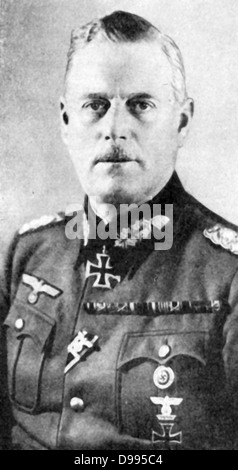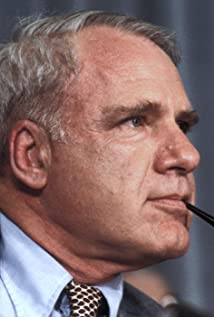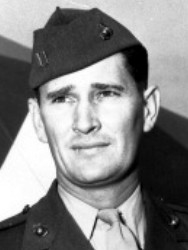Wilhelm Keitel
Popular As Wilhelm Bodewin Johann Gustav Keitel
Birthday September 22, 1882
Birth Sign Virgo
Birthplace Helmscherode, Duchy of Brunswick, German Empire
DEATH DATE 1946-10-16, Nuremberg Prison, Nuremberg, Allied-occupied Germany (64 years old)
Nationality Germany
Height 6' 0¾" (1.85 m)
#5260 Most Popular














